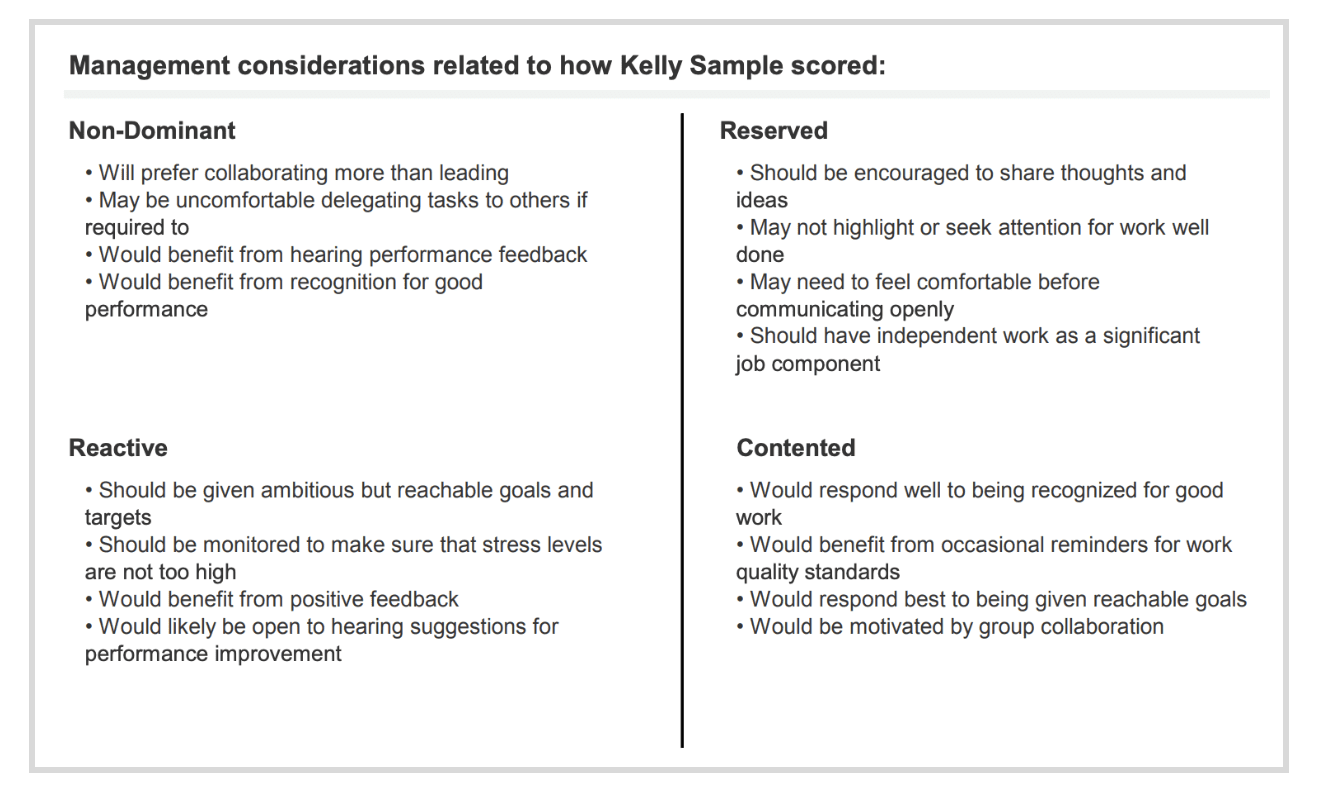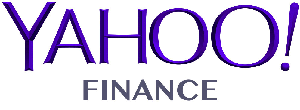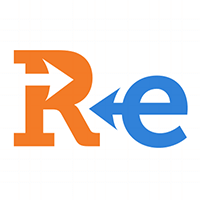Learning and development (L&D) opportunities for professional growth are consistently high on the list of what employees say matters most to them. And while half of executives believe their organization provides employees with a strong culture of learning and the time to spend learning, only 1 in 5 employees agree. With major shifts in workplace culture such as candidate shortages, ‘quiet quitting’ and the introduction of GenAI, leadership is forced to focus more and more on employee development, training and retention.
Not all employees have the same needs for development, so it’s no surprise that a one-size-fits-all approach to L&D programs can be ineffective, even if efficient. In today’s work environment, employee development programs require a personalized touch. To achieve this, it’s important to understand an employee’s workstyle, values, behaviors, and perceptions of the organization. By taking the time to truly understand each individual employee as well as the workforce as a whole, an organization can pave the way for tailored and effective employee development plans.
What Is an Employee Development Plan?
An employee development plan is a roadmap outlining goals and actions for an individual’s professional growth within an organization. It involves personalized learning, training, and development to align personal and organizational objectives.
The Role of Personality Assessments in Employee Development
Personality assessments serve as irreplaceable tools in shaping employee development strategies. By analyzing an individual’s personality traits, soft skills, communication style, strengths, and challenges, organizations can gain profound insights into their employees. Furthermore, these assessments offer employer reports for managers that contain easy-to-interpret insights on each employee. These reports can include management tips, performance considerations, and personalized coaching recommendations to develop each employee to reach their full potential.
This information not only allows for the creation of targeted development plans that align with each individual’s unique needs but also enables organizations to use learning and development (L&D) for:
- Enhancing collaboration
- Reducing conflicts in the workplace
- Building teams
- Increasing employee engagement and retention
- Leveraging employee’s strengths to boost productivity
Using personality assessment results in an employee development plan needs a strategic approach. Here are five essential steps to seamlessly integrate these insights and drive meaningful professional growth.
5 Steps to Incorporating Personality Assessment Results into an Employee Development Plan
Understanding employees through personality and behavioral assessments is a scalable, impactful way to enhance learning and development plans that work. Employee assessments like TalentClick’s, a global leader in employee assessment solutions, offer valuable insights into an individual’s on-the-job behavior, strengths and potential areas for improvement. The Attitudes-Values-Personality (AVP) assessment is a good starting point for understanding each individual’s workstyle, work values and behavioral risk profile.
Benefits of Strong Learning Culture:
Organizations with a strong learning culture are 92% more likely to develop novel products and processes, 52% more productive, 56% more likely to be the first to market with their products and services, and 17% more profitable than their peers. Their engagement and retention rates are also 30–50% higher (source).
By understanding and analyzing assessment results, leaders can apply personalized coaching tips and management considerations to their employee development approach. Once the employee has completed the assessment, you can incorporate the results into an employee development plan. Here’s how to analyze, interpret and take action using these 5 steps:
1. Identify Strengths from Personality Assessment Results
A deep dive into an employee’s personality traits, soft skills, and natural tendencies helps managers identify the strengths and challenges associated with each personality profile.
An employee’s strengths can be used proactively for development whereas challenges need to be understood and considered when putting together L&D plans. Managers can see best results and reduce the risk of negative outcomes by increasing awareness and actively managing counterproductive behaviors.
2. Uncover Potential Challenges
Review the management considerations in each employee’s report to probe into areas for improvement, and ways to personalize their employee development plan:
TalentClick’s AVP Combo Employer Report – Sample Management Considerations for helping employees learn and develop
To help foster resilient and productive employees, it’s important to interpret each employee’s assessment results fully to understand their learning preferences.
3. Set Employee-Specific Goals
Personality assessment results can guide leaders in establishing personalized goals for employees, facilitating the alignment of professional growth initiatives with each individual’s distinctive characteristics.
For example, an Outgoing individual might bring lots of ideas to share at meetings and with the team without having put much research or strategy into them. A great learning objective would be to have them analyze and research their ideas to help them present more strategic and thorough ideas to the team.
A personalized approach offers each employee targeted support, enhancing their development in a way that resonates with their unique personality traits and working style.
4. Personalize Development Activities
Leveraging assessment results enables organizations to finely tailor development activities to match an individual’s unique traits.
Understanding an employee’s communication style—be it direct and concise or more empathetic and explanatory—helps a manager connect and communicate with an employee in a way that gets through to them. Or, uncovering leadership potential, and then providing opportunities for mentorship or leadership training programs, can be highly beneficial for employees with strong leadership tendencies.
Offering L&D programs that align with an employee’s personality and interests, not only fosters autonomy but also builds trust between the manager and employee. Trust provides a foundation to help develop and showcase an employee’s strengths and uncover personalized ways to address potential challenges.
5. Continuous Monitoring, Feedback and Employee Recognition
Continuous monitoring and feedback are key to ensuring employee development continues. Recognizing achievements, such as successfully implementing a new process derived from development activities, helps to motivate and engage employees as they learn and develop in their role.
Employees who receive great recognition are 20 times as likely to be engaged than employees who receive poor recognition. The importance of employee recognition is evident, however, it is important to personalize this recognition since preferences vary among individuals. This personalized recognition not only fosters a positive work environment but also plays a role in encouraging engagement and productivity, directly impacting the bottom line of an organization.
TalentClick Workforce Solutions: Assessment Solutions that Go a Step Further
Using personality assessments can help organizations create employee development plans that are not only strategic but also personalized to each employee, leading to a more engaged and productive workforce. Organizations that have made a strategic investment in employee development report 11% greater profitability and are twice as likely to retain their employees, therefore equipping employees with personalized and relevant training is a valuable investment for any organization.
Personalize your employee development plans with TalentClick’s AVP employee assessment today!









